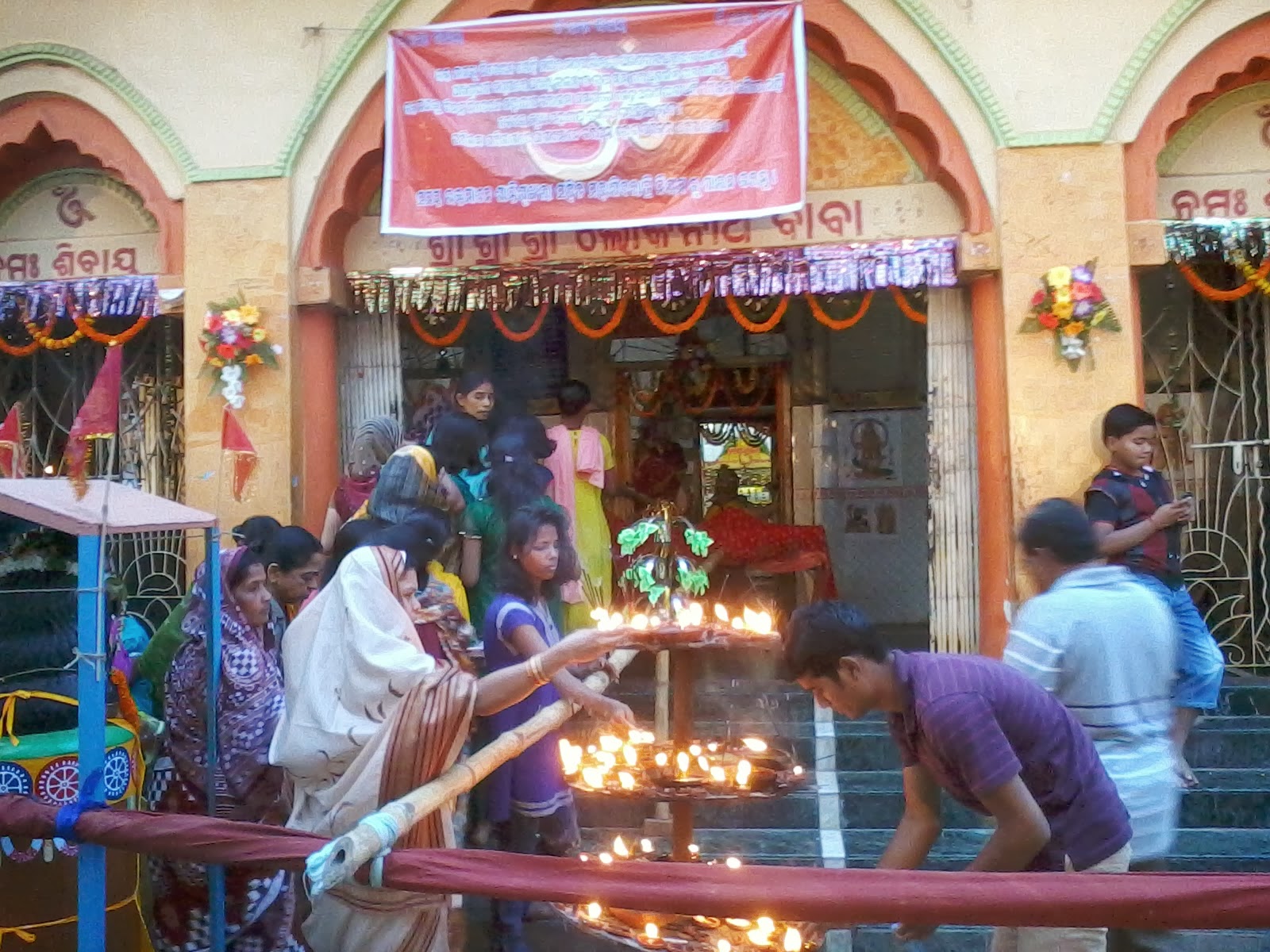Written by Sudhir Mishra, a Balangir (Odisha) based journalist working with The Pioneer, a leading Indian newspaper. His contact email is sudhirmishra1@rediffmail.com
This year in 2011, a grim reality of acute water shortage has been looming large over the western Odisha’s rural populace (an area in eastern India that is prone to droughts) , thanks to the scanty and erratic monsoon and rapid decline in the traditional water bodies and traditional water conservation practices. It is greatly affecting the agricultural operations and crop production and the rural economy as a whole.
This crisis is going to compound in the coming years, as the traditional water conservation mechanism of western Odisha has been declining rapidly over the years due to the compulsions of the developing society like the population explosion, changing land usage and modern agricultural practices. Since time immemorial, the traditional water bodies conserve rainwater to meet the water needs of the people, to recharge the groundwater and to provide irrigation to the crops. In the undivided Balangir and Kalahandi districts of western Odisha, there were about 300 traditional water harvesting structures (TWHS) that irrigated 33 per cent of land, which is now down to 5 per cent only.
In Kalahandi district of Western Odisha, there were 120 TWHSs, out of which around 85 have now been converted to residential plots. Following the conversion of the TWHSs into residential plots for the housing purpose, the problem of flash floods in the habitations has now arisen, as the rain water finds no place to be stored during the heavy downpour and creates floods.
The population explosion has led to clearing up of the forests and loss of forests resulted in more soil erosion resulting in siltation of water bodies. The encroachment further aggravated the woes. In addition, more emphasis is being laid by the government-industry-contractors nexus on large-scale irrigation projects following which the popularity of water harvesting structures has declined. The Government is promoting farm ponds to provide assured irrigation, but small farmers having land less than one acre, find it difficult to dig such a pond. Instead, the Government should emphasize on digging of TWHSs in the fields which can be dug in small areas and water can be stored till five to six months.
The traditional tribes like the Kuda tribe of Balangir and the nomadic Bhunjia tribe were experts in digging wells and ponds and could predict the presence of water in an area just by viewing the soil. They are now working as daily wage labourers, as no new water bodies are being created in the area, leaving very less skilled people having the traditional knowledge.
The past generations inhabiting this area had great scientific knowledge of water management. They had also anticipated the climate change and ill-effects for which they had developed such a large network of traditional water bodies to save crop besides meeting their other basic needs and the traditional cropping pattern was done according to the water availability.
One local saying very beautifully sums up the importance of TWHSs, ‘khet ke muda te, ghar ke bhudha te’. It means that there should be a water harvesting structure for the providential need of cultivable fields that saves us from the drought just like the very presence of an elderly person guides the family in crisis.
Ironically, we are blindly following other models which have brought a lot of unseen problems for the poor farmers of this region and it is time be looked back towards our traditional wisdom to use the scarce water resources.



























